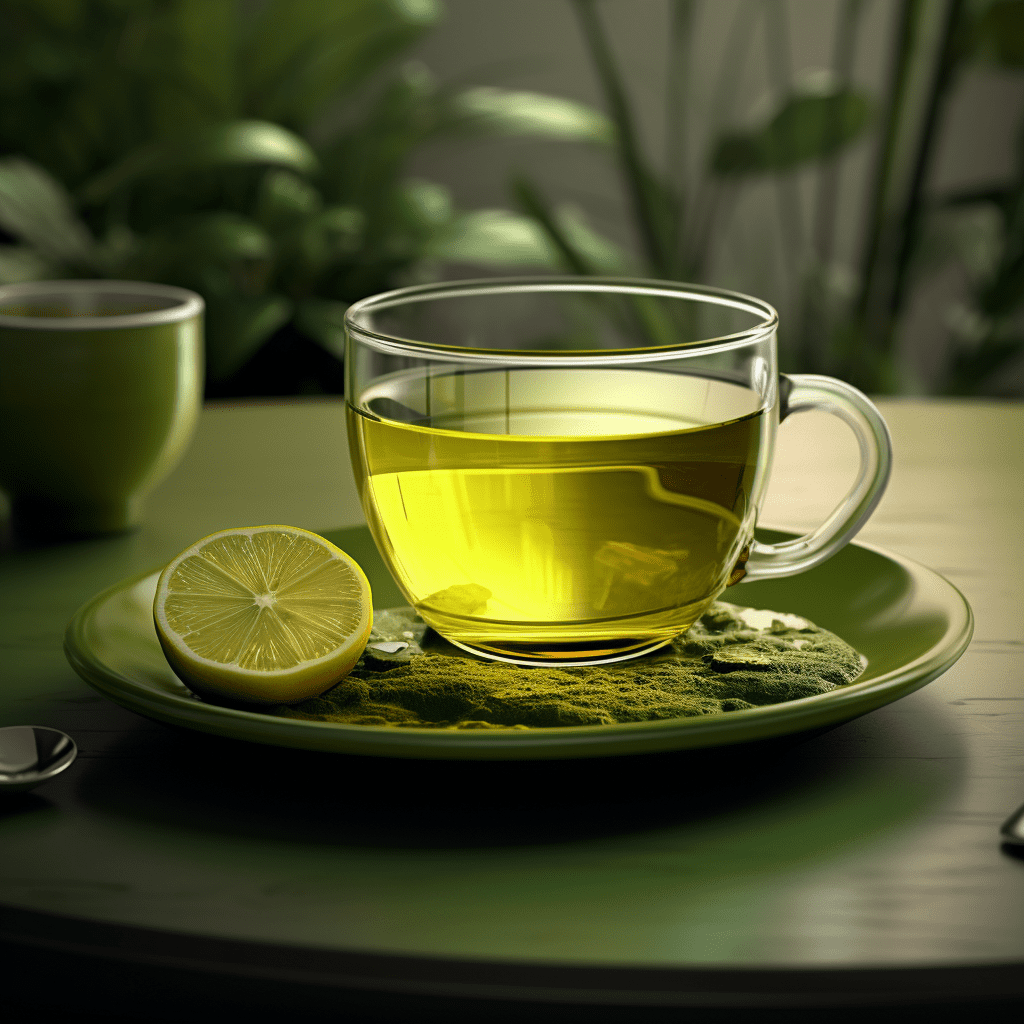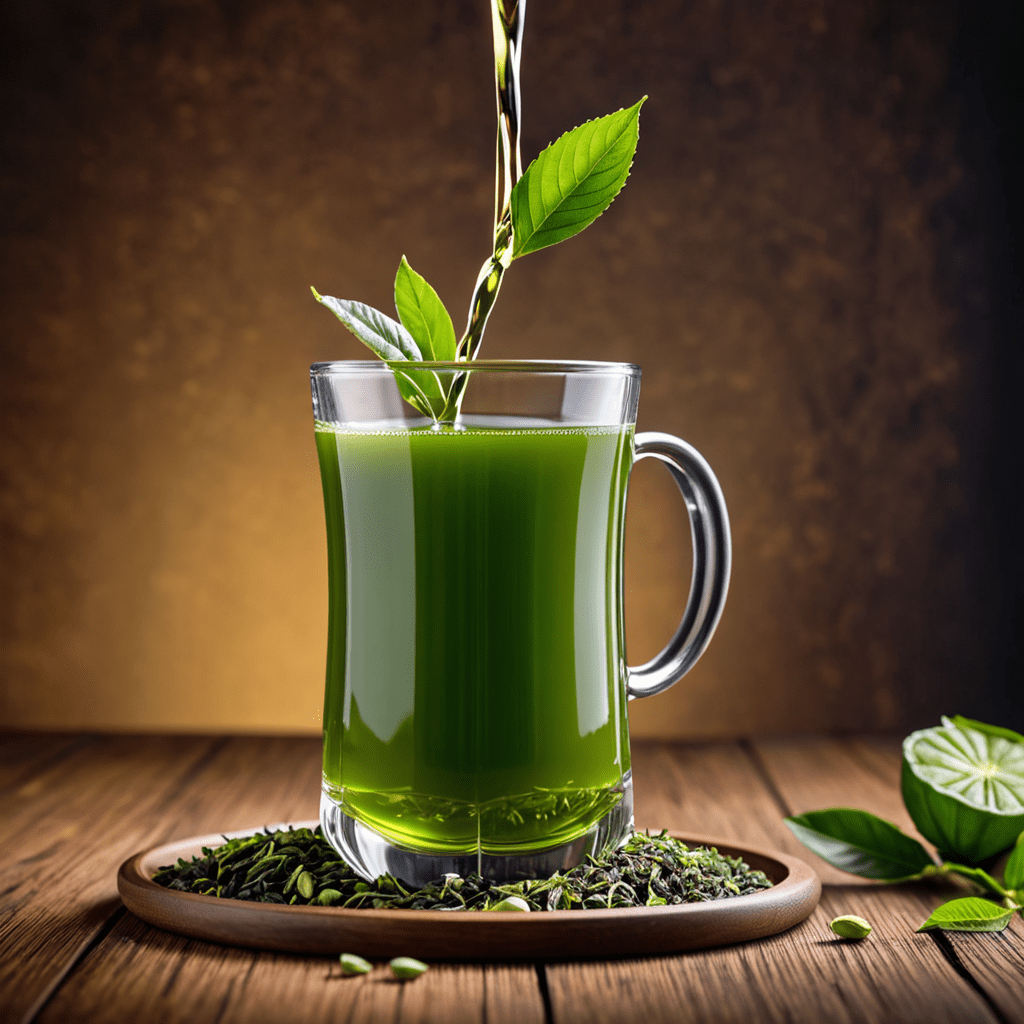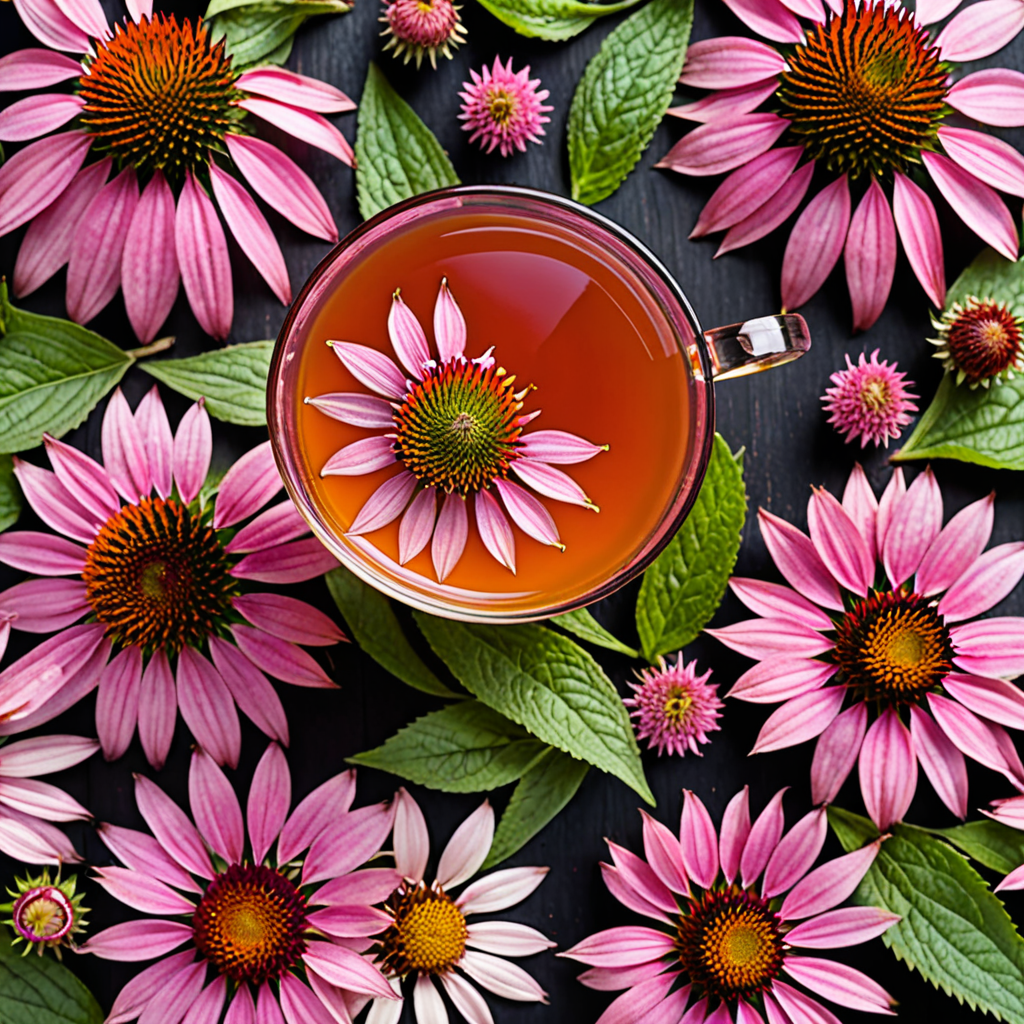
What Color is Green Tea?
Green tea is a popular beverage known for its numerous health benefits and unique flavor. Many people wonder about the color of green tea. In this blog post, we will explore the color of green tea, why it has that color, and some frequently asked questions related to this topic. So, let’s dive in and discover the intriguing world of green tea color.
The Color Spectrum of Green Tea
When you think of green tea, the color that typically comes to mind is, of course, green. But what shade of green exactly? The color of green tea can vary depending on various factors such as the type of leaves used, the processing methods, and even the water temperature during brewing.
The most common shade of green associated with green tea is a vibrant, grassy green. However, green tea can range from pale yellowish-green to a more deep, emerald green. The color may also change slightly as the tea steeps and infuses in hot water.
The Influence of Processing Methods
The processing methods used for green tea play a significant role in determining its final color. Green tea leaves are typically harvested, withered, and then heat-treated to prevent oxidation. This process helps retain the tea’s green color by preserving the natural green pigments present in the leaves.
While there are variations in processing methods across different green tea types, such as steaming for Japanese green teas or pan-firing for Chinese green teas, all aim to halt oxidation. These methods help retain the vibrant green color and preserve the fresh, vegetal flavor characteristic of green tea.
Natural Components That Contribute to Color
The vibrant green color of green tea is primarily due to the presence of natural components in the tea leaves. One of the key compounds responsible for this color is chlorophyll. Chlorophyll is a pigment found in plants and is crucial for photosynthesis. The more chlorophyll present in the tea leaves, the greener the tea will appear.
Another component that impacts the color of green tea is catechins, a type of antioxidant. Catechins contribute to both the flavor and color of green tea. They also have various health benefits. The combination of chlorophyll and catechins creates the visually appealing green hue of green tea.
How Brewing Methods Affect Green Tea Color
The color of green tea can also be influenced by the brewing process. The temperature of the water and the brewing time can impact the color intensity and flavor profile of the tea.
When brewing green tea, it is generally recommended to use water at around 170-180°F (77-82°C). However, higher temperatures can result in a deeper green color, while lower temperatures may produce a lighter green or even a yellowish hue. Additionally, steeping the tea for a shorter time may result in a more delicate and lighter color, while a longer steeping time can intensify the color and flavor.
Frequently Asked Questions
Q1: Is all green tea the same color?
A1: No, the color of green tea can vary depending on factors such as the type of green tea, processing methods, and brewing techniques. Different green teas can exhibit variations in color, ranging from pale yellowish-green to vibrant green.
Q2: Why does green tea sometimes look yellow?
A2: Green tea can appear yellowish when brewed with cooler water temperatures or steeped for shorter periods. This can result in a lighter infusion and a more yellowish hue, although the tea is still considered green tea.
Q3: Can the color of green tea indicate its quality?
A3: While the color of green tea can give some indication of its quality, it is not the sole determining factor. The color can be influenced by various factors, and other characteristics such as aroma, taste, and the overall appearance of the leaves are also crucial when assessing green tea quality.
Q4: Does the color affect the flavor of green tea?
A4: While the color of green tea can give an initial impression of its flavor, the true taste can only be determined through brewing and tasting. The color primarily comes from natural compounds and processing methods, while the flavor is influenced by a combination of factors, including the tea variety, processing, and brewing techniques.
Q5: Can I adjust the color of green tea through brewing?
A5: Yes, you can control the color intensity of green tea by adjusting the brewing parameters. Using water at different temperatures, altering steeping times, or adding more or fewer tea leaves can all impact the color intensity of the brewed tea.
Conclusion
The color of green tea can range from pale yellowish-green to vibrant green, depending on factors such as processing methods, tea type, and brewing techniques. The natural components, chlorophyll, and catechins, contribute to the green hue and also provide health benefits. Remember, the color of green tea can be influenced by various factors, so enjoy experimenting with different brewing methods to find the perfect cup of green tea for your taste preferences.

